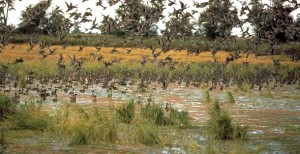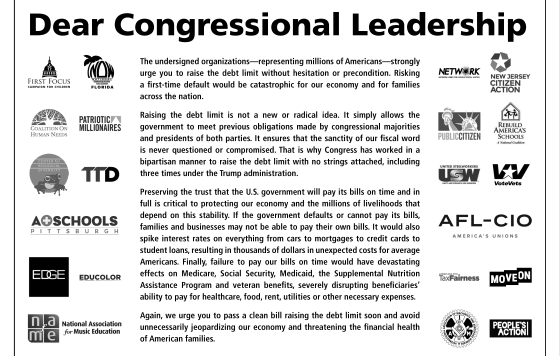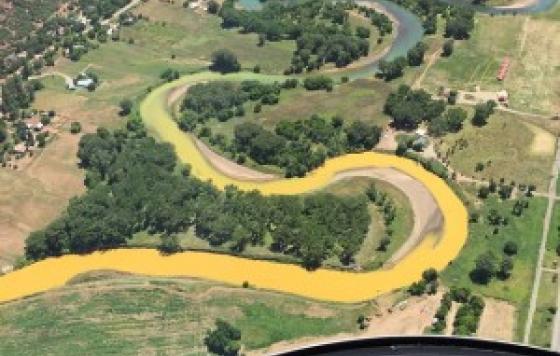
By Brooks Mountcastle, Eastern Pennsylvania Director
The referenced media source is missing and needs to be re-embedded.
After watching the recent online videos of some Congress members lambasting the United States Environmental Protection Agency (EPA) and the Army Corps of Engineers (Corps) over proposed restorations that will bring clarity to the Clean Water Act, one might conclude that “jack booted thugs” (a term popularized in 1995 by NRA Executive Vice President Wayne LaPierre in his description of federal agents) were coming to lock up the pool, bird bath, or creek in your yard. But nothing could be further from the truth. The lies being tossed around by some in Congress are so full of holes they don’t even hold, well, water.
EPA’s proposed Clean Water Rule does not create additional regulation. It C-L-A-R-I-F-I-E-S and R-E-S-T-O-R-E-S the Clean Water Act, which was broken by the Bush administration at the behest of industry more than a decade ago. The proposal keeps intact many exemptions for farming, ranching and forestry that industry lobbyists demanded from Congress in 1972. The proposal to Protect Clean Water simply makes the Clean Water Act work like it did under President Reagan.
All EPA is doing is what it has been asked to do by the Courts, the President, and Congress (I’m pretty sure that’s all three branches of government).
According to the Congressional Research Service, the independent, non-partisan investigative arm of Congress, EPA and the Corps consulted over 1,000 published and peer-reviewed scientific reports, which relied heavily on the discussion about the “connectivity and effects of streams and wetlands on downstream waters.” This is an important point. Choke off springs, streams, and rivulets upstream and soon there is little to show concerning water downstream. Additionally, EPA’s Science Advisory Board, which offers independent engineering and scientific expertise to EPA, reviewed the draft rule and will be weighing in again with its comments before the rule is final. EPA and the Corps own estimates reveal that the benefits of the rule from protecting the waters and the wetlands that provide flood protection, habitat for wildlife, filtering pollutants, and groundwater recharge, amount to $514 million per year. While both agencies admit some uncertainties in cost-benefit analysis, overall the benefits exceed costs considerably.
The American people are smarter than many in Congress give them credit. They don’t like industry polluting their favorite fishing hole, drinking water source, or draining the wetland that provides flood protection for their community.
The special interest industries that have been weakening the Clean Water Act for the last 40 years may win the "air" campaign with their slick, expensive and misleading television advertisements, but Clean Water Action and our allies will win the ground campaign. We have more boots on the ground than industry ever will. Armed with steely determination and actual facts (what a novel idea), our community organizers will do what they do best – raise public awareness, advocate, and get individuals to take action. While industry lobbyists ply the halls of Congress, host fundraisers at DC watering holes, and write campaign checks, Clean Water Action's team of organizers will knock on doors reaching the hearts and minds of Americans.
From shore to shore and the streams and wetlands in between, we will hear and see a crescendo of support. Americans will resoundingly call for restoring the Clean Water Act by protecting our drinking water, streams, and wetlands. Most importantly, EPA and the Corps will see millions of comments from concerned citizens telling the agencies that it is time to fix the broken Clean Water Act.
After more than a decade, we cannot wait. The time to fix the Clean Water Act is now! It is not acceptable to degrade the quality of rivers and streams that 117 millions of Americans rely on for their drinking water. It is not acceptable to touch the over 20 million acres of wetlands that provide flood control, groundwater recharge, and wildlife habitat. To those who believe otherwise, bring it on!
To get involved with the campaign to #ProtectCleanWater, visit this page.Related Posts
Stay Informed
Get the latest updates and actions:
Thanks for signing up!
There was a problem processing your signup. Please try again.


